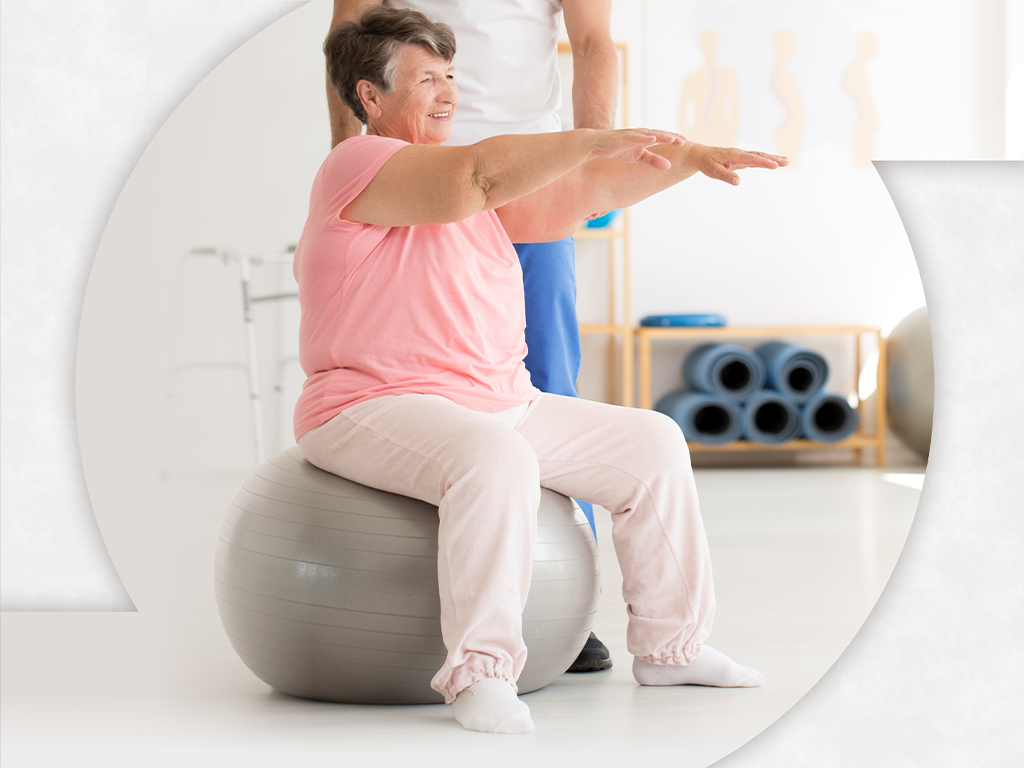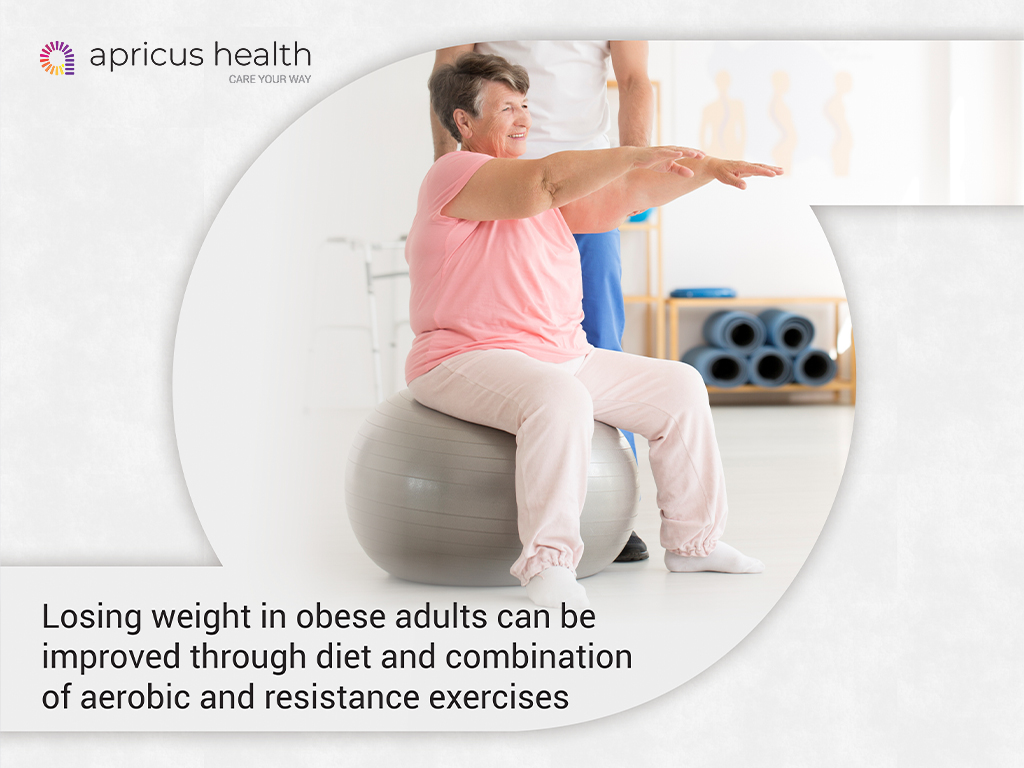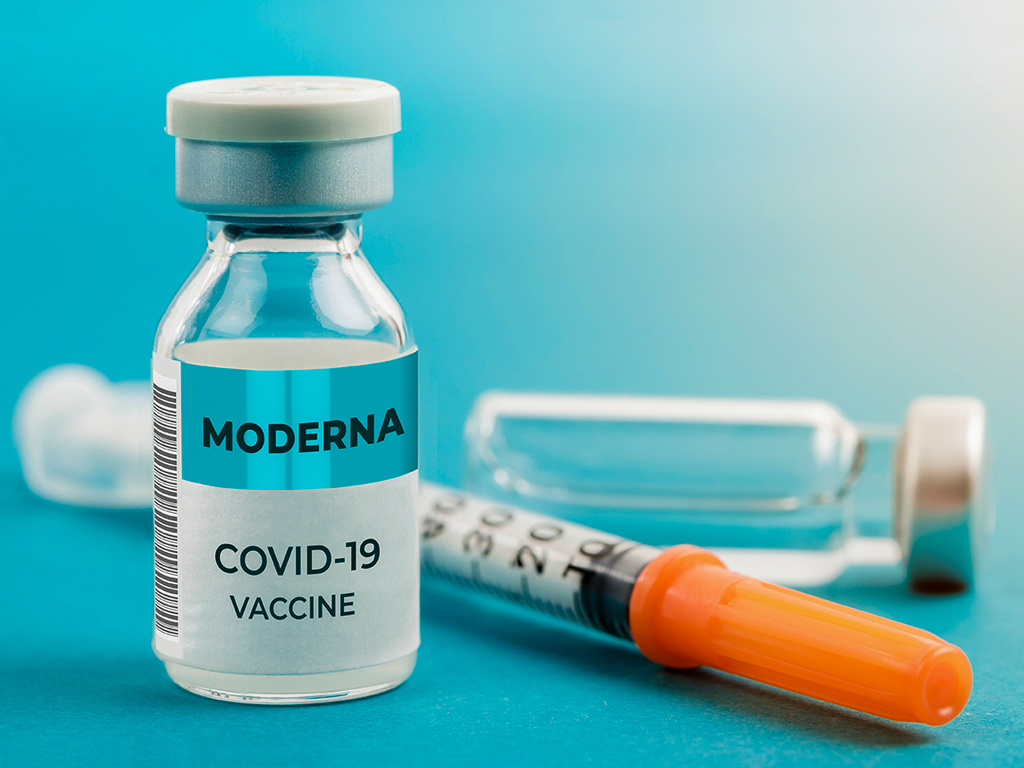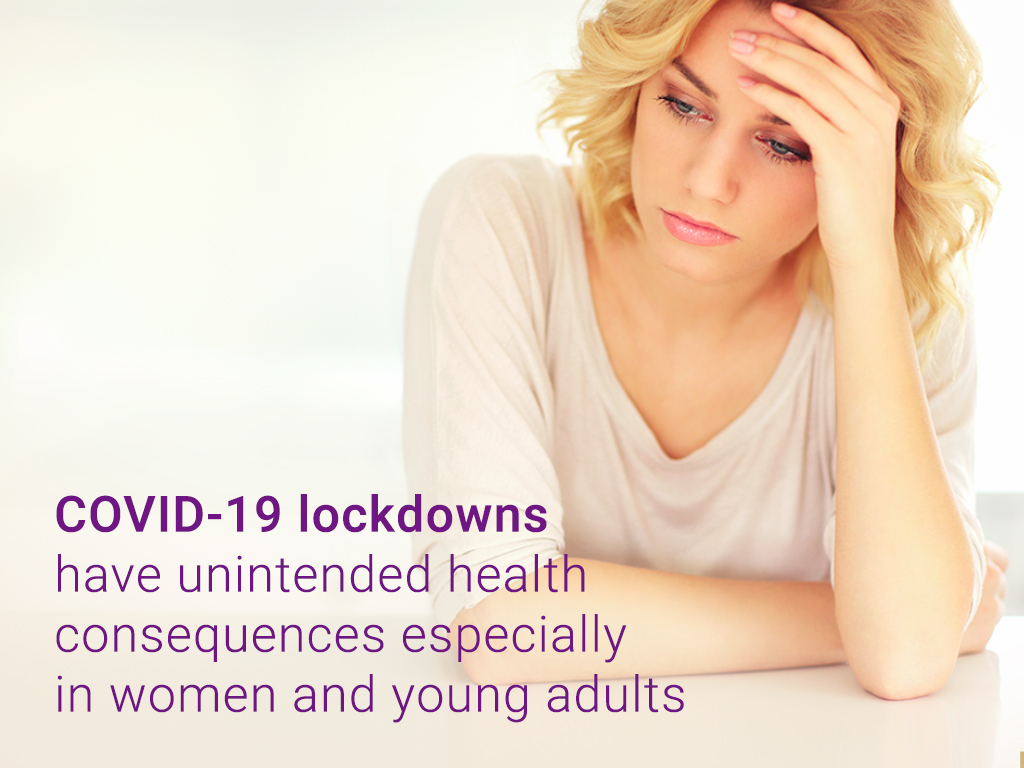Hospitals and medical institutions worldwide have been on the brink of collapsing as a result of the coronavirus pandemic. Healthcare workers have definitely felt the full force of the pandemic in a way that other, ordinary, civilians have not been able to. This is why it’s so important that we look out for our healthcare workers in the same way that they have looked out for us.
Here are six self-care tips for healthcare workers…
Plan Ahead to Give Yourself Some “Me Time”
When you have a hectic schedule to adhere to, the best way to make time for yourself is by planning ahead. For example, if you have a few spare sets of EMT pants, you won’t have to worry about loading the washing machine every day. Similarly, meal planning can help save valuable time and avoid unhealthy eating habits.
Don’t Be Afraid to Ask for Professional Help
This pandemic has probably been one of the most challenging chapters of your career as a health worker. It’s only normal that you feel stressed, over-worked, and frantic about the entire health crisis. Don’t be afraid to seek out professional help and put your own needs before your responsibilities.
Evaluate Your Coping Skills
Everyone has their own ways of dealing with anxiety and stress. Some people develop healthy coping skills, whilst others resort to more destructive behaviors, such as skipping meals, excessive drinking, lashing out at others, or bottling emotions up. Try to evaluate your coping skills and swap out the negative for more positive mechanisms, such as exercising, reading, or meditating.
Seek Out Social Support
It’s much easier to shut everyone out of your life when you are feeling down instead of trying to connect with friends and loved ones. Although they may not understand what you are going through, it’s important that you maintain the relationships in your personal life.
Treat Yourself to a Day of Relaxation
On your day off, you may find that this is your only moment to clean the house, visit the post office, or cross off any other activity on the to-do-list. Give yourself a real day off and book a trip to the spa or in order to truly pamper yourself, you deserve it!
Sleep is Sacred
A lack of sleep can seriously contribute to stress levels and it can even cause lasting mental health or physical issues. Understandably, developing healthy sleeping habits is difficult as a health worker with hectic shifts. Try your best to get a full six or seven hours of sleep. Try blackout curtains, earplugs, white noise apps, or an eye mask.
More often than not, medical staff will develop severe stress and anxiety from their current working conditions, especially if they don’t reach out to others for help during these troubling times. This past year has been one of the most challenging to date, so let’s do everything that we can to support each other during the health crisis.











